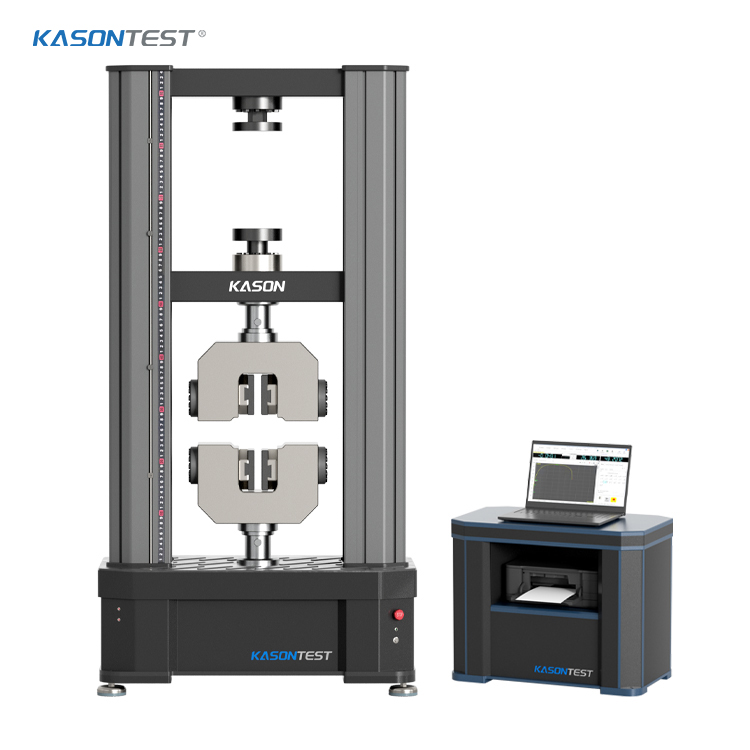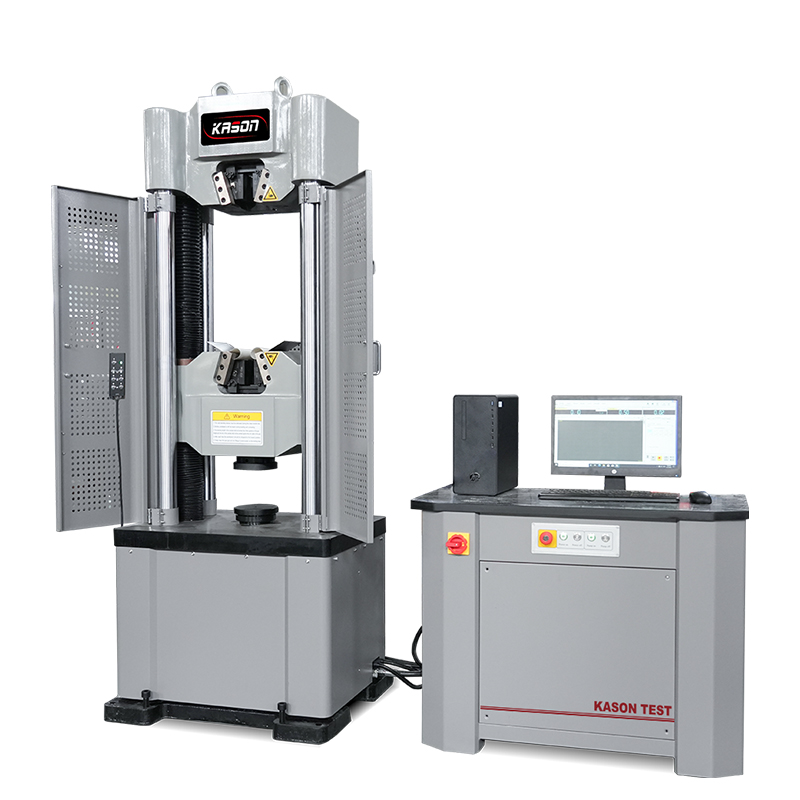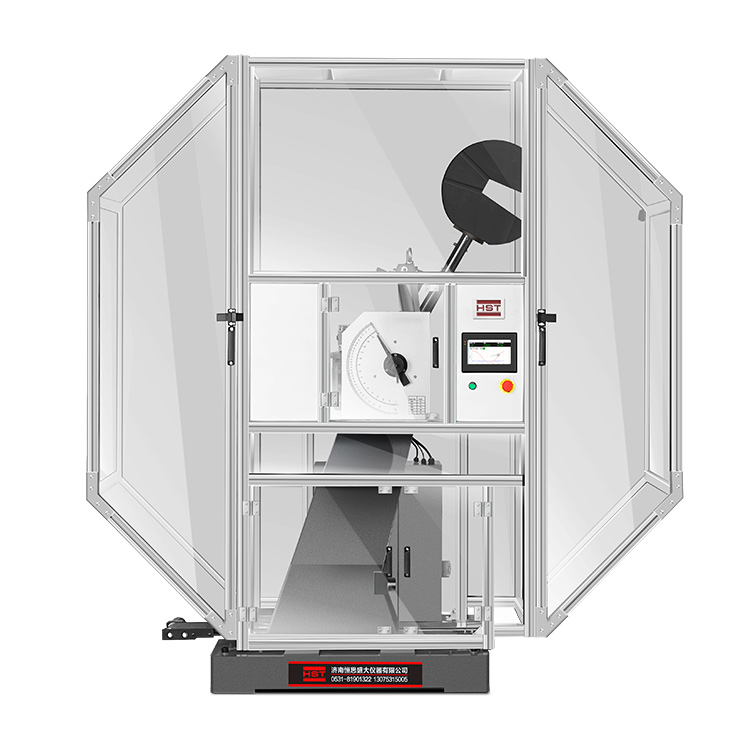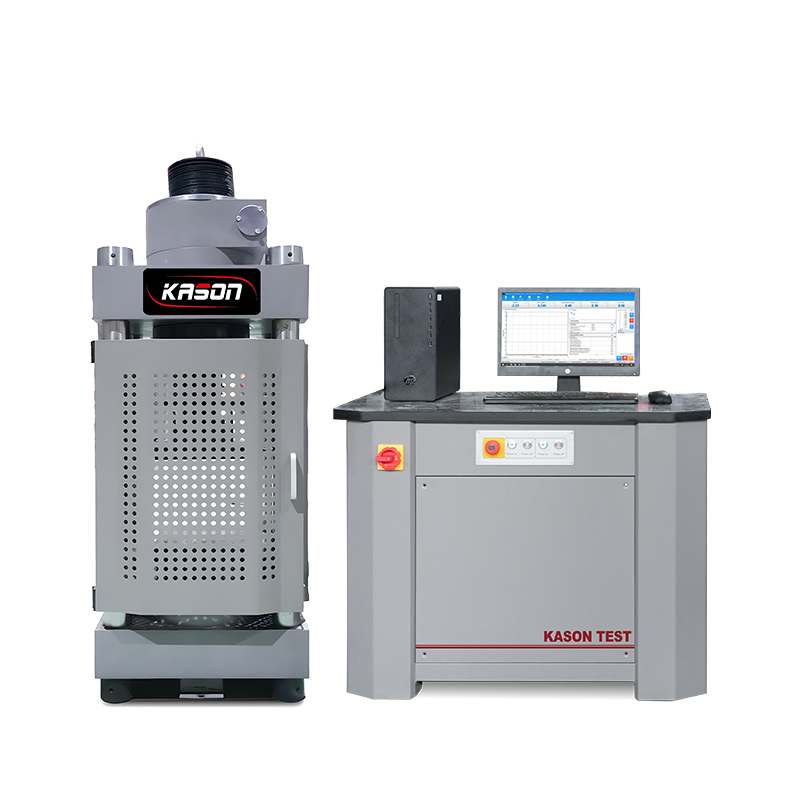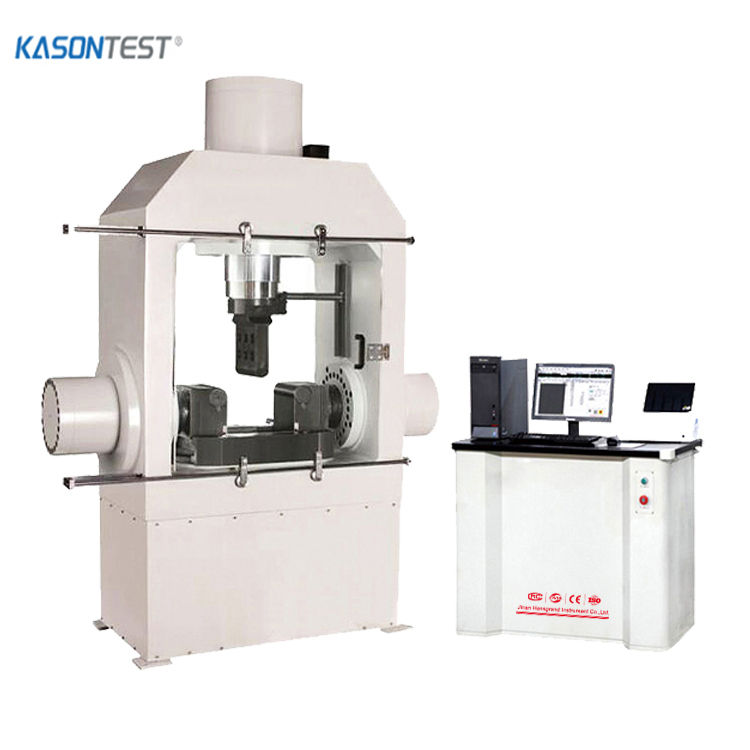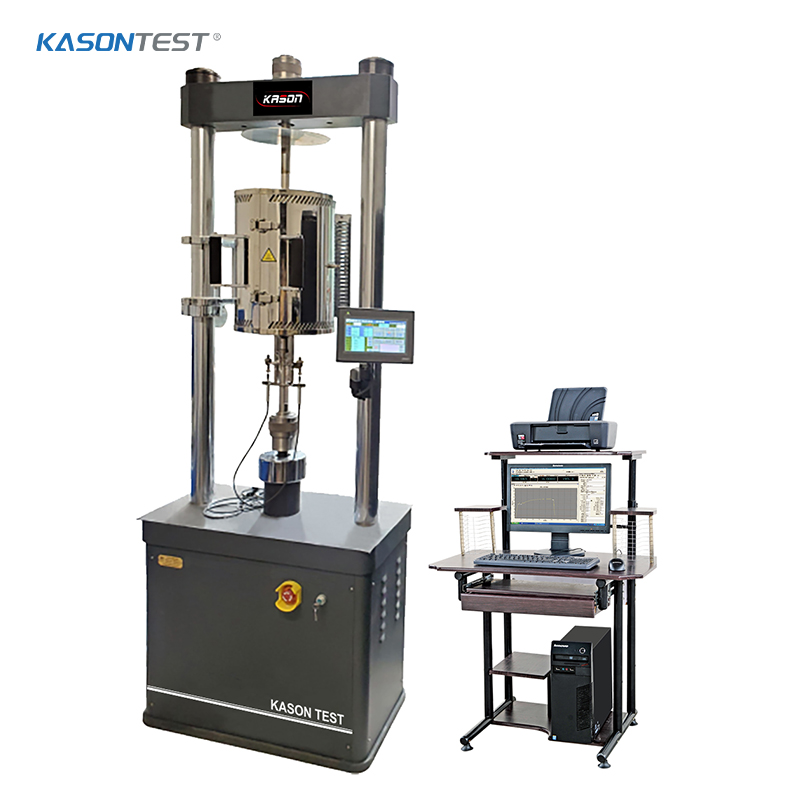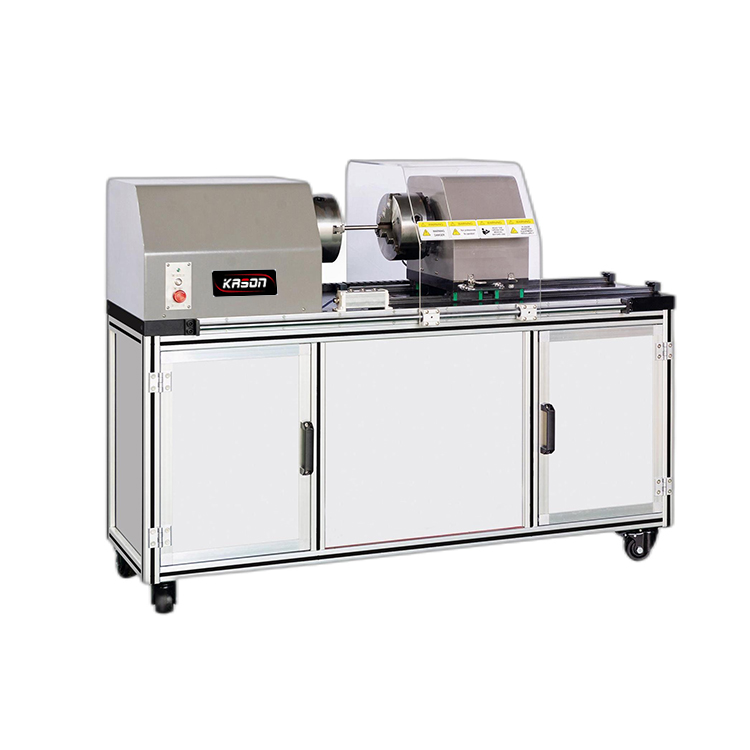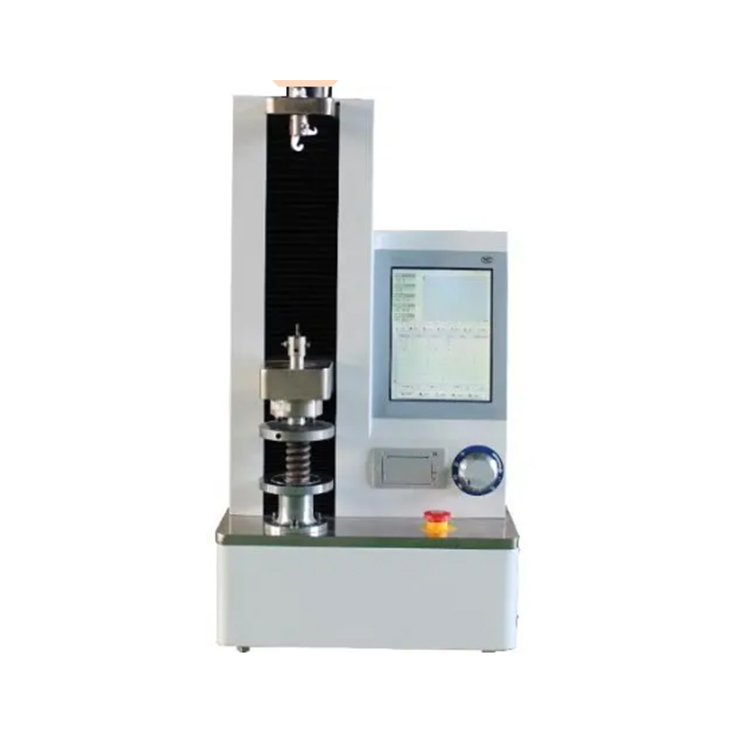Creep Test
Creep test is a crucial material science experiment designed to evaluate how materials deform over time under constant mechanical stress and elevated temperatures. Unlike short-term mechanical tests, creep testing focuses on long-term behavior, making it essential for applications where materials must withstand sustained loads for extended periods.The fundamental principle of a creep test involves subjecting a material specimen to a constant tensile or compressive stress at a controlled high temperature. Throughout the test duration, which can range from hours to years depending on the material and application, researchers measure the progressive deformation (strain) of the specimen. This data is then plotted on a creep curve, which typically exhibits three distinct stages.
Primary creep, the first stage, shows a decreasing deformation rate as the material adjusts to the applied stress through atomic rearrangement. Secondary creep follows with a nearly constant deformation rate, representing a balance between work hardening and thermal softening processes. Tertiary creep marks the final stage, characterized by an accelerating deformation rate leading to eventual fracture due to microstructural damage like void formation or grain boundary sliding.
Key parameters measured in creep tests include creep rate, time to rupture, and total elongation. These values help engineers determine a material’s creep strength—the maximum stress it can withstand without excessive deformation over a specified time—and rupture strength, the stress causing failure within a given period.
Creep testing equipment consists of load frames to maintain constant stress, furnaces for temperature control, and extensometers to measure strain accurately. Advanced systems often include computerized data acquisition for real-time monitoring and analysis.
This testing method is vital for designing components in high-temperature environments such as power generation turbines, jet engines, and chemical processing equipment. By understanding creep behavior, engineers can select appropriate materials and establish safe operating limits to prevent premature failures in critical applications.

